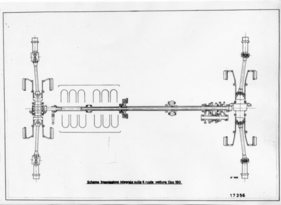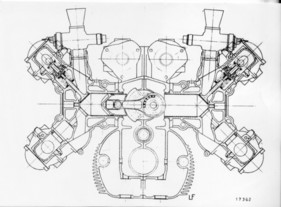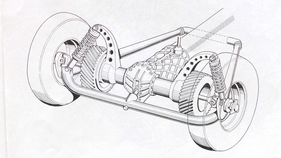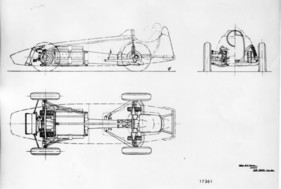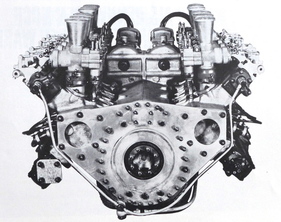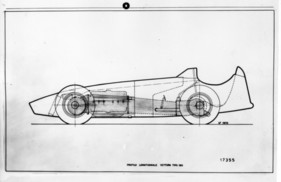Alfa Romeo Tipo 160: The circuit dragster
Summary
When engineers were still experimenting instead of simulating: the incredible story of the Alfa Romeo Tipo 160 - how the Italians wanted to revolutionize Formula 1. The 12-cylinder V12 180-degree engine with a displacement of just 2.5 liters was installed at the front, with the driver sitting on the rear axle. The promising project was discontinued before the P 160 could prove itself.
This article contains the following chapters
- Experiments on the road and race track
- Front engine with rear driver
- Rule changes in Formula 1 from 1952
- Project P160
- From the memoirs of Ingegnere Giuseppe Busso
Estimated reading time: 8min
Preview (beginning of the article)
Today, we can no longer imagine the variety of designs that racing car construction produced between the 1920s and 70s, in an era when computer simulations did not yet exist. Some things would not even make it onto the road today because the computer calculations and simulations would have rejected them as unsuitable. The fact that a design monoculture has increasingly developed in most areas of racing car construction since the 1980s is partly due to digitalization, but also to the increasingly precise regulatory requirements, which have led to a very high safety standard. Let us therefore be all the more fascinated by the courageous experiments that came onto the road decades ago as veritable vehicles, sometimes even winning at the first attempt, but often disappearing again soon after and, if we are lucky, can still be admired today in a museum or even at a historic racing event. However, there were also earlier designs that never got on the wheels - phantoms of the racetracks. One of them is the Alfa Romeo P160.
Continue reading this article for free?
Photos of this article


























